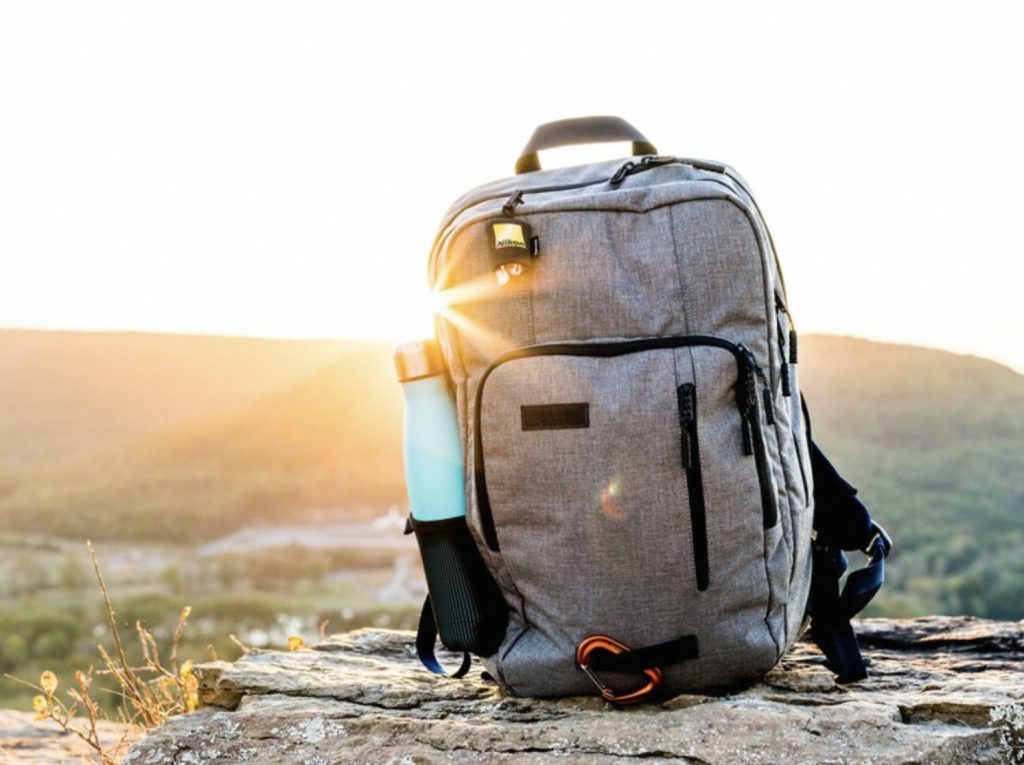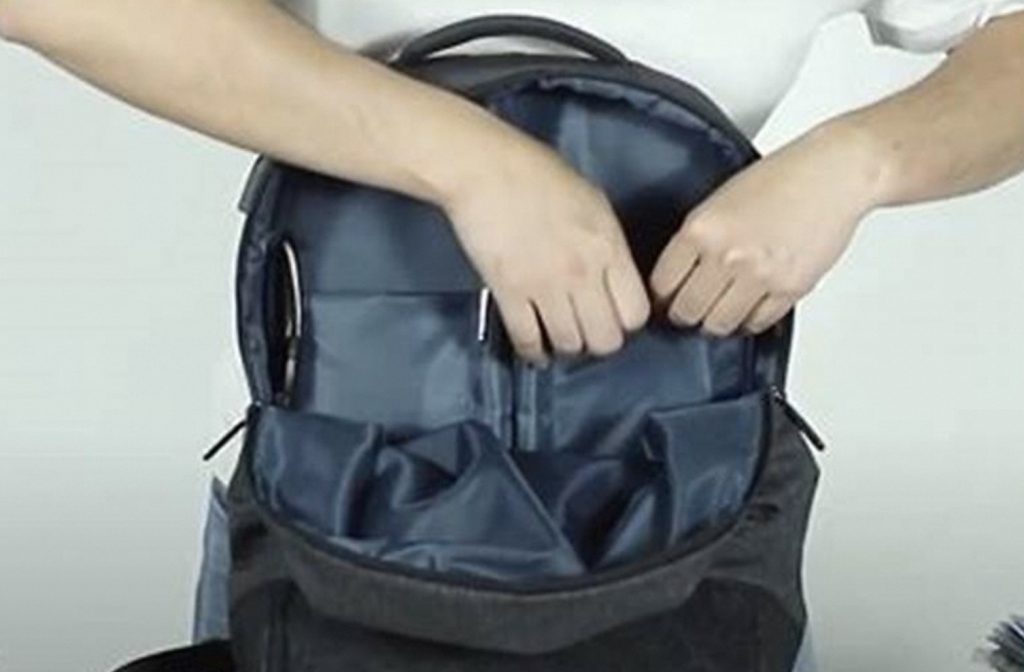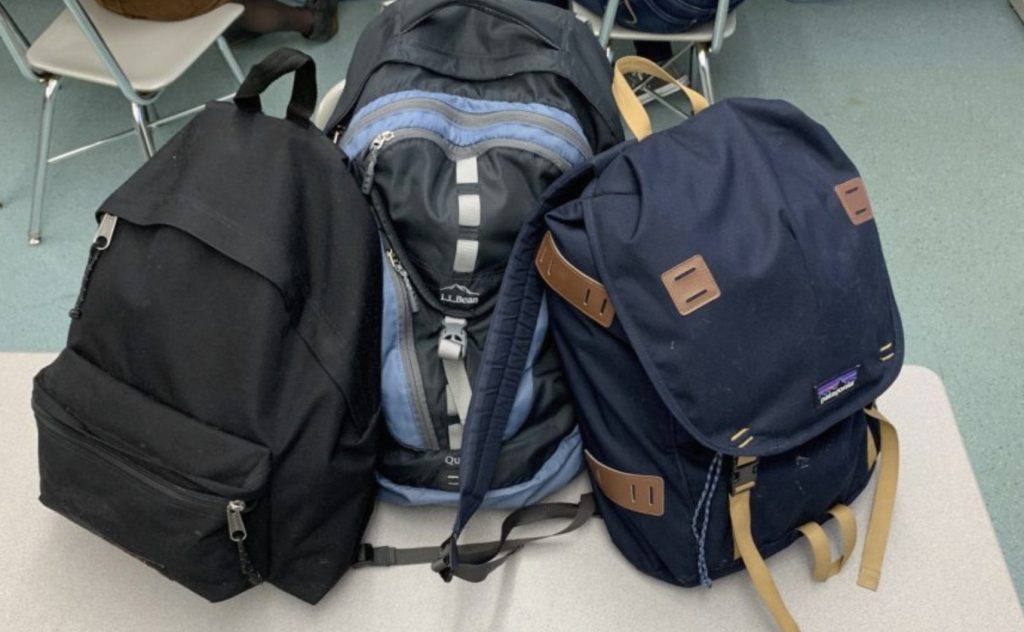
Carrying a backpack is a daily routine for many people across the globe, from students and office workers to hikers and travelers. However, it’s crucial to consider the average backpack weight you’re lugging around to prevent strain and injury. This article will delve into what constitutes an average backpack weight, how much is too much, and tips for managing your load effectively.

Introduction: The Importance of Backpack Weight Management
Understanding the Impact of Your Daily Load
In the introduction, we’ll discuss why backpack weight matters. Hauling around too much can cause back pain, posture problems, and long-term musculoskeletal issues. We’ll set the stage for a deeper exploration of the average backpack weight, aiming to provide insights into how much you should carry in your daily life for optimal health and comfort.
The Average Backpack Weight for Schoolchildren
Striking the Right Balance for Growth and Learning
One of the most concern-inducing scenarios is the weight of the backpacks that schoolchildren carry. This section will explore the recommended average backpack weight for students of different ages, drawing from pediatric guidelines and academic research. We’ll also discuss the potential health risks associated with heavy backpacks and offer practical suggestions for parents and children to lighten the load.

The Average Backpack Weight for Commuters and Office Workers
How to Carry Your Professional Life with Ease
For commuters and office workers, the backpack is often an extension of their professional toolkit. We’ll examine what the average backpack weight looks like for the working adult and how to manage the necessities of a mobile office. This section will also cover ergonomic considerations and organizational tips to distribute weight evenly and reduce unnecessary strain during the daily commute.
The Average Backpack Weight for Hikers and Outdoor Enthusiasts
Packing Smart for the Trails
When venturing into the great outdoors, the average backpack weight can significantly impact the quality of your experience. This part of the article will focus on average backpack weights for day hikes versus multi-day treks, emphasizing the importance of packing only what you need. We’ll provide guidelines for optimal backpack weight relative to a person’s body weight and share wisdom on balancing the load for comfort and safety on the trail.

Techniques to Reduce Your Average Backpack
Lightening Your Load Without Sacrificing Essentials
Reducing your average backpack doesn’t mean leaving behind essentials. Here, we’ll present various techniques for minimizing backpack, such as using lighter materials, prioritizing items, and utilizing space-saving methods. We’ll also discuss the role of modern backpack design in helping to alleviate the burden by distributing weight more effectively.
Health and Safety: The Consequences of Overloading
Recognizing and Preventing the Risks of a Heavy Backpack
Carrying a backpack that exceeds the average backpack weight recommended for your body size and strength can have serious health consequences. This section will detail the potential risks associated with overloading your backpack, from acute injuries to chronic conditions. We’ll provide insights into the warning signs of overburdening and preventative measures you can take to protect your health.

Tools and Technology to Measure and Manage Backpack
Innovations in Backpack Management
Advancements in technology offer new ways to measure and manage the weight of your backpack. In this segment, we’ll explore tools such as digital luggage scales, smart backpacks with built-in weight sensors, and apps designed to help you track and distribute your load properly. We’ll assess how these technologies can help you maintain an average backpack that’s safe and comfortable.
Understanding Body Weight and Backpack Load Correlation
Aligning Your Pack with Your Personal Physiology
To supplement our understanding of the average backpack, it’s crucial to address the relationship between a person’s body weight and the load they carry. This section will delve into the recommended percentage of one’s body weight that should be allocated to their backpack and how to adjust for individual differences in strength and stature. We will also highlight the importance of considering personal fitness levels and the nature of your activities when determining the appropriate weight for your backpack.

Ergonomic Backpack Features to Reduce Strain
The Role of Design in Weight Distribution
Ergonomics play a pivotal role in managing the average backpack and minimizing the strain on the body. In this part of the article, we’ll explore the features of a well-designed backpack, such as padded shoulder straps, a supportive back panel, and a waist belt, which help distribute evenly. We’ll advise on how to shop for a backpack with these ergonomic features and the correct way to adjust and wear the backpack to reduce the risk of discomfort or injury.
Educating Youth on Backpack Safety and Health
Cultivating Awareness from a Young Age
Given the significant impact that a heavy backpack can have on a growing child, it’s vital to educate youth on backpack safety and health. This section will touch on initiatives and programs aimed at raising awareness among students, parents, and educators about the average backpack. We will discuss how teaching proper packing and carrying techniques can foster lifelong habits that prioritize spinal health and overall well-being.
Advocacy and Policy Change for Backpack Weight Standards
Pushing for Safer Load Limits in Schools and Workplaces
Lastly, while individual actions can make a difference, broader changes in policy can enforce safer backpack standards. This section will explore the efforts of advocacy groups calling for clearer guidelines and regulations on the average backpack in educational and professional settings. We’ll examine case studies where policy change has led to positive outcomes and how continued advocacy work can help protect more people from the risks of carrying too heavy a load.
Conclusion: Carrying Smart for Health and Comfort
The conclusion will summarize the key takeaways regarding the average backpack and the importance of not overloading yourself. We’ll recap the strategies and tools available to help manage backpack weight effectively. Ending on a note of encouragement, we’ll remind readers that with a bit of planning and the right techniques, they can carry smart, ensuring their backpack supports their lifestyle without compromising their health. Whether going to school, heading to work, or hitting the trails, the right backpack weight is crucial for a comfortable and enjoyable journey.